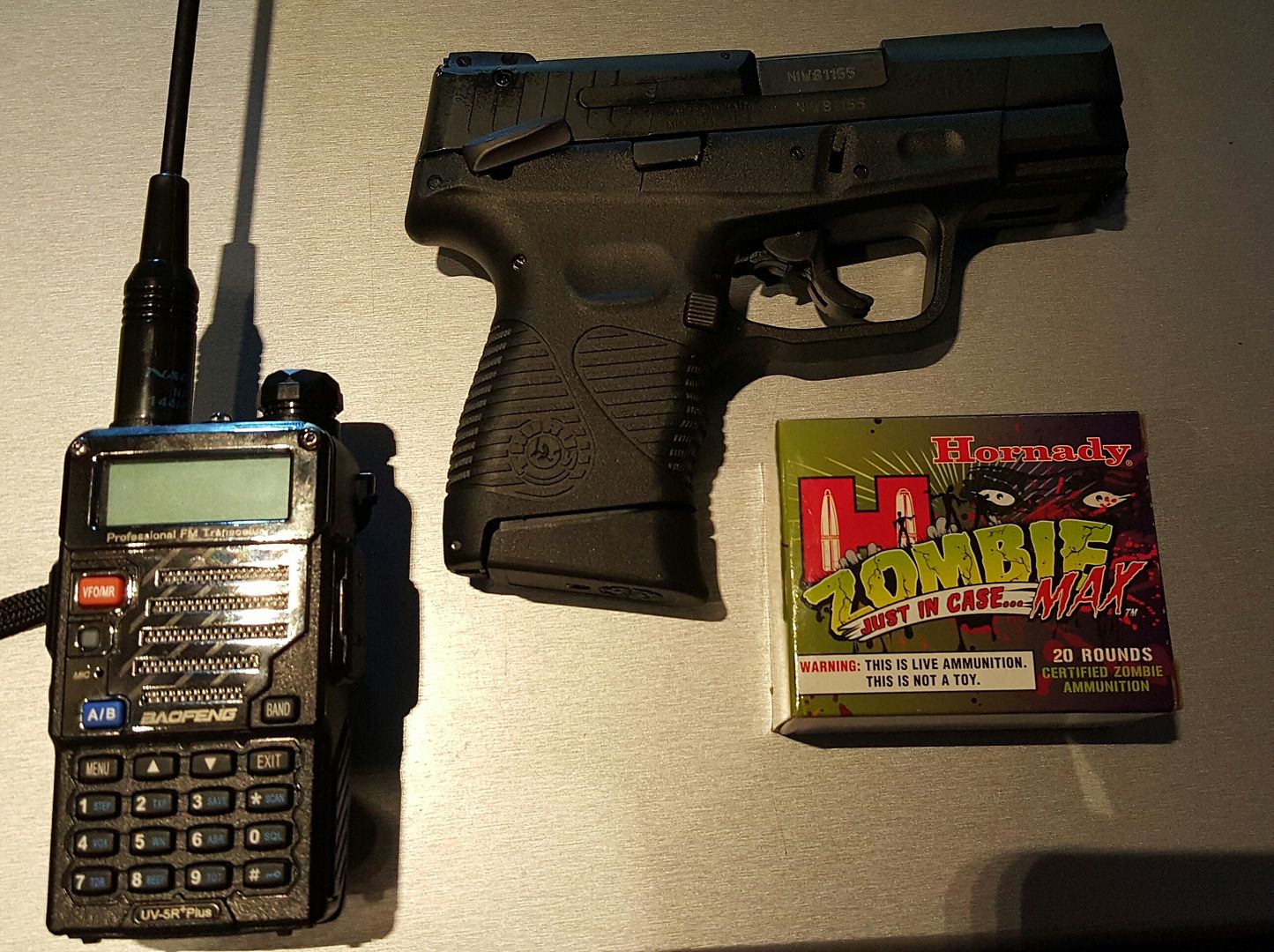The test was pretty cool.
I, However dropped a Baofeng. The battery's latch broke. It no longer stays on the radio. Of course, a new battery would correct the problem and the *radio* itself suffered no damage.
We need a "throw up against a brick wall" test and a "drop from a tower onto concrete" test.
Sledgehammers and firearms have already been done, with expected results.
On the approval and all that:
There are some radios out there that could generate harmonics on frequencies the user has no intention or knowledge of. You could be innocently talking on a legal amateur frequency and could be transmitting on a harmonic, interfering with say, a police department. The certification process is *supposed to* prevent that. As you've seen on previous replies, this process can fail dramatically.
On one type of radio, it was discovered you could program it to transmit on the 220 band, where it was not designed to go.
Upon further testing, the radio transmitted about a watt on this 220 frequency and transmitted 5 watts on the 440 harmonic. Not good.
At all times, maintain proper engineering practices and if you want to experiment, make sure you have the appropriate test equipment to make sure you are doing what you want to do.
When testing a transmitter... check those harmonics.


